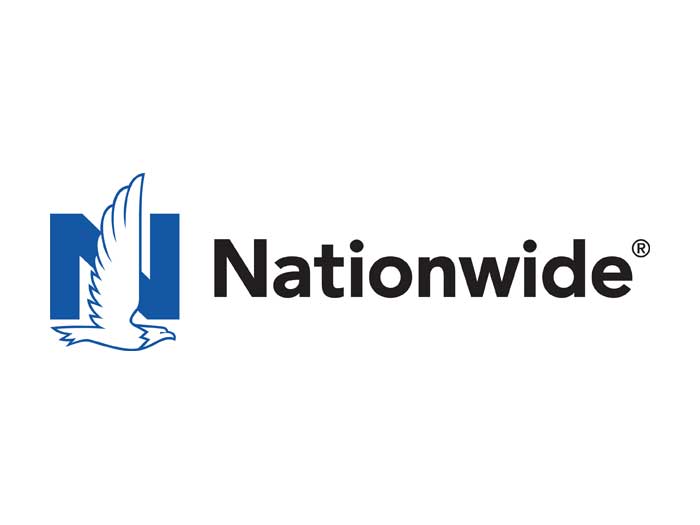Column: Roger's Soapbox
The Status Quo
Those who cherish stability should look away. According to the headline on a Business Wire release in August: “$470 Billion in Insurance Premiums Up for Grabs Due to Declining Customer Loyalty and Perceived Product Commoditization, According to Accenture Report.”
$470 billion is quite a lot of premium income. For context, consider that Berkshire Hathaway’s 2014 insurance premiums earned were $41.3 billion.
Why might so much premium be “up for grabs”? More to the point, how might your company grab some?
“The study data indicates insurers are not keeping up with rising customer expectations, leading to increased customer dissatisfaction with insurance providers,” the report said.
I doubt that many insurance companies meet their customers’ expectations, rising or otherwise. A cultural bias exists against insurance companies, who, by the nature of their work, often cannot help but disappoint customers.
Accenture surveyed more than 13,000 P&C and life insurance customers in 33 countries, online. Fewer than one-third (29 percent) of insurance customers are satisfied with their current providers, the survey reported. Just 16 percent said they would definitely buy more products from their current insurance provider. Only 27 percent claimed a high estimation of their insurance providers’ trustworthiness.
As an industry profile, that would be catastrophic were it not old news, resulting far more from absurd expectations than from the quality of services delivered.
The assumption must be that customers somehow value online insurance more highly than traditionally delivered coverage. Am I alone in thinking that’s just daft?
The views surveyed have created a “switching economy,” Accenture reported, “which threatens traditional insurers by giving the advantage to companies most successful at exploiting digital technologies.”
The assumption must be that customers somehow value online insurance more highly than traditionally delivered coverage. Am I alone in thinking that’s just daft? Perhaps existing insurers should form digital subsidiaries and grab some of the $470 billion that way.
Few customers beyond the corporate world know very much about their insurer, other than the way in which it interacts with them at the time they buy the policy, and whenever a claim might arise. Not many auto insurance buyers, for instance, peruse their insurer’s financial statements, or would know what to look for if they did.
Presumably, then, customers base their opinions on the price of insurance, which does not vary dramatically between carriers, and their experience in making, and the outcome of, claims.
Cheaper premiums wouldn’t change negative opinions very much. Insurance has a famously poor public relations profile. As long as customers lack an understanding of how insurance works, and how premiums are calculated, there is little chance of insurers becoming loved.
It is not, of course, the insurer’s job to be loved. Given the widespread dissatisfaction with the industry, those who switch carriers will likely not find their experience that much improved. What’s more, if all the dissatisfied customers were to change their insurers, most of the premium would simply circle around and end up in the same places it started, albeit differently distributed.
The short answer, then, must be that your company can’t pick up much of the $470 billion supposedly in play. Nor can it ever be greatly admired by its customers. Tough luck, but console yourself by remembering that it’s an important job, and someone has to do it.










